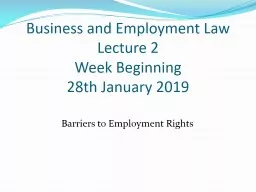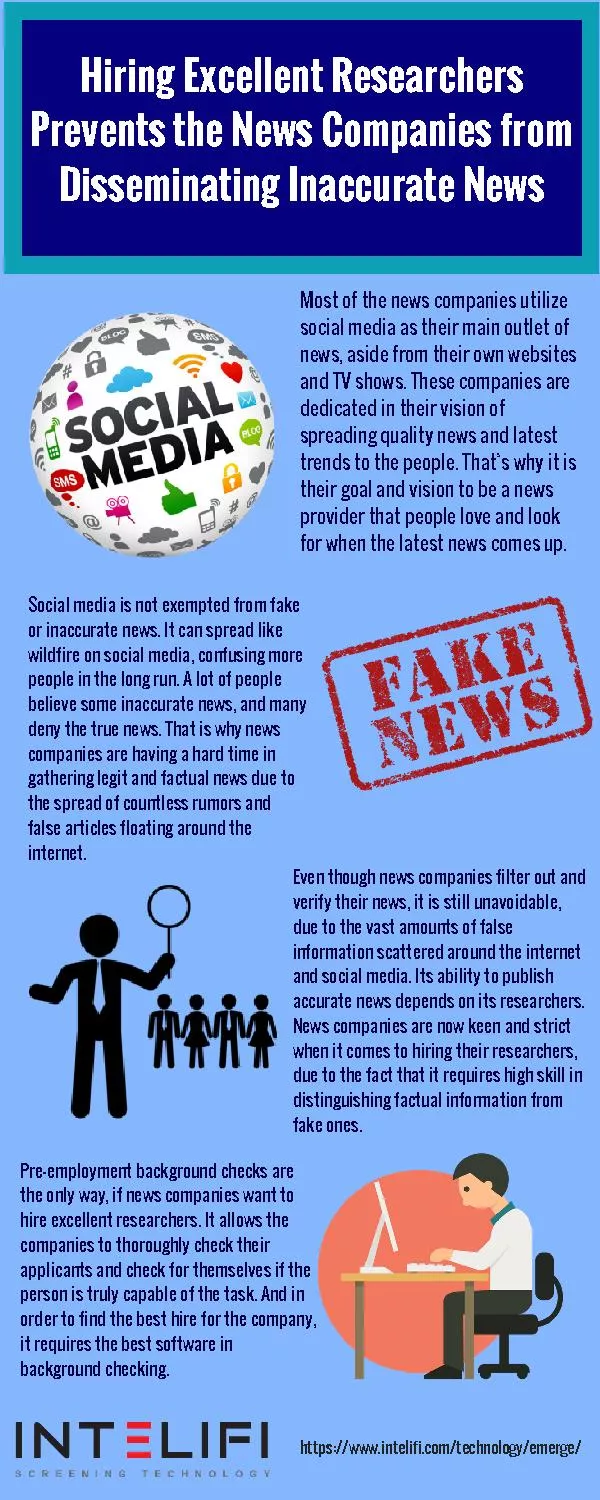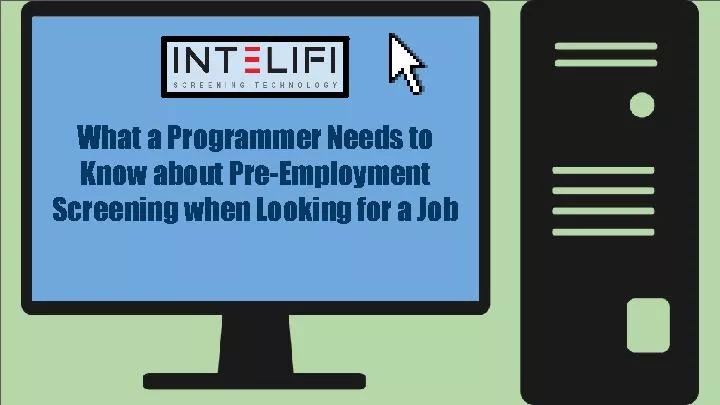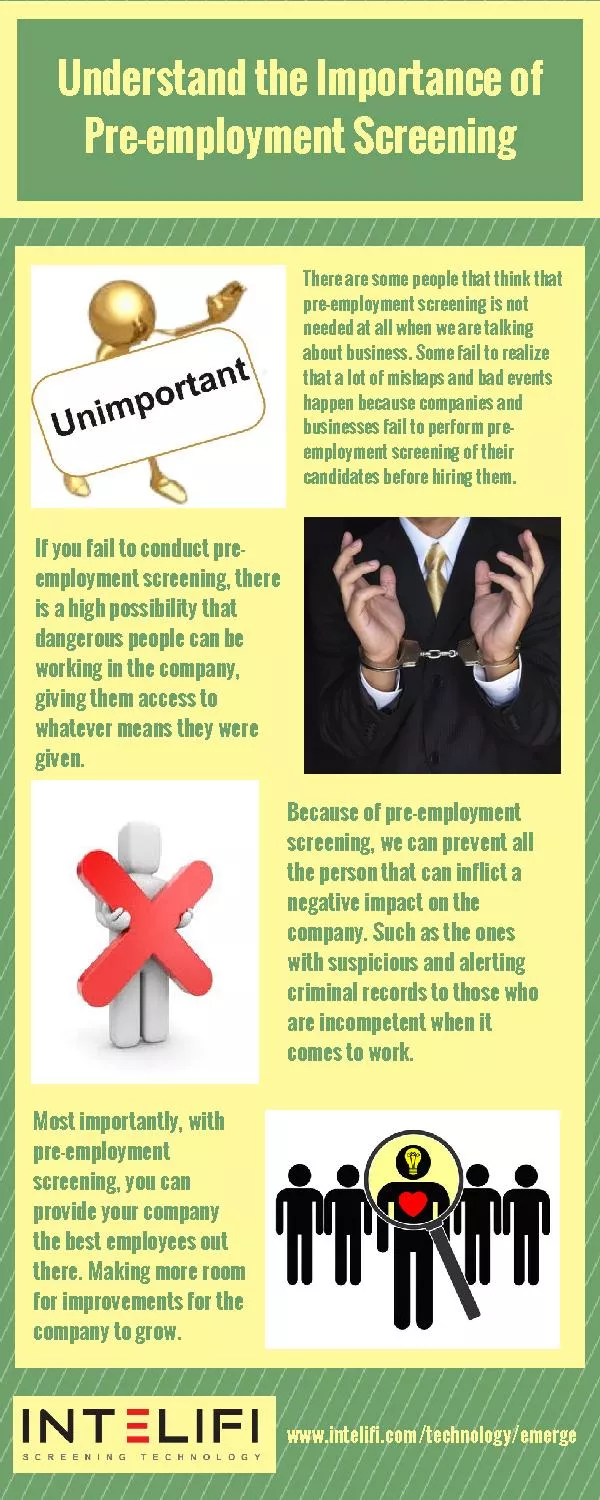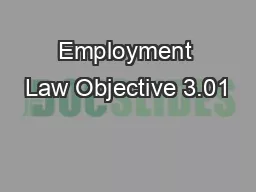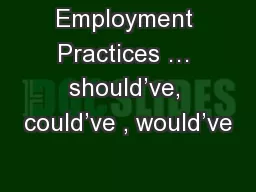PPT-Business and Employment Law
Author : wellific | Published Date : 2020-06-24
Lecture 2 Week Beginning 28th January 2019 Barriers to Employment Rights Identifying the Status of Workers Four categories of Workers Employee Statutory workers
Presentation Embed Code
Download Presentation
Download Presentation The PPT/PDF document "Business and Employment Law" is the property of its rightful owner. Permission is granted to download and print the materials on this website for personal, non-commercial use only, and to display it on your personal computer provided you do not modify the materials and that you retain all copyright notices contained in the materials. By downloading content from our website, you accept the terms of this agreement.
Business and Employment Law: Transcript
Download Rules Of Document
"Business and Employment Law"The content belongs to its owner. You may download and print it for personal use, without modification, and keep all copyright notices. By downloading, you agree to these terms.
Related Documents

